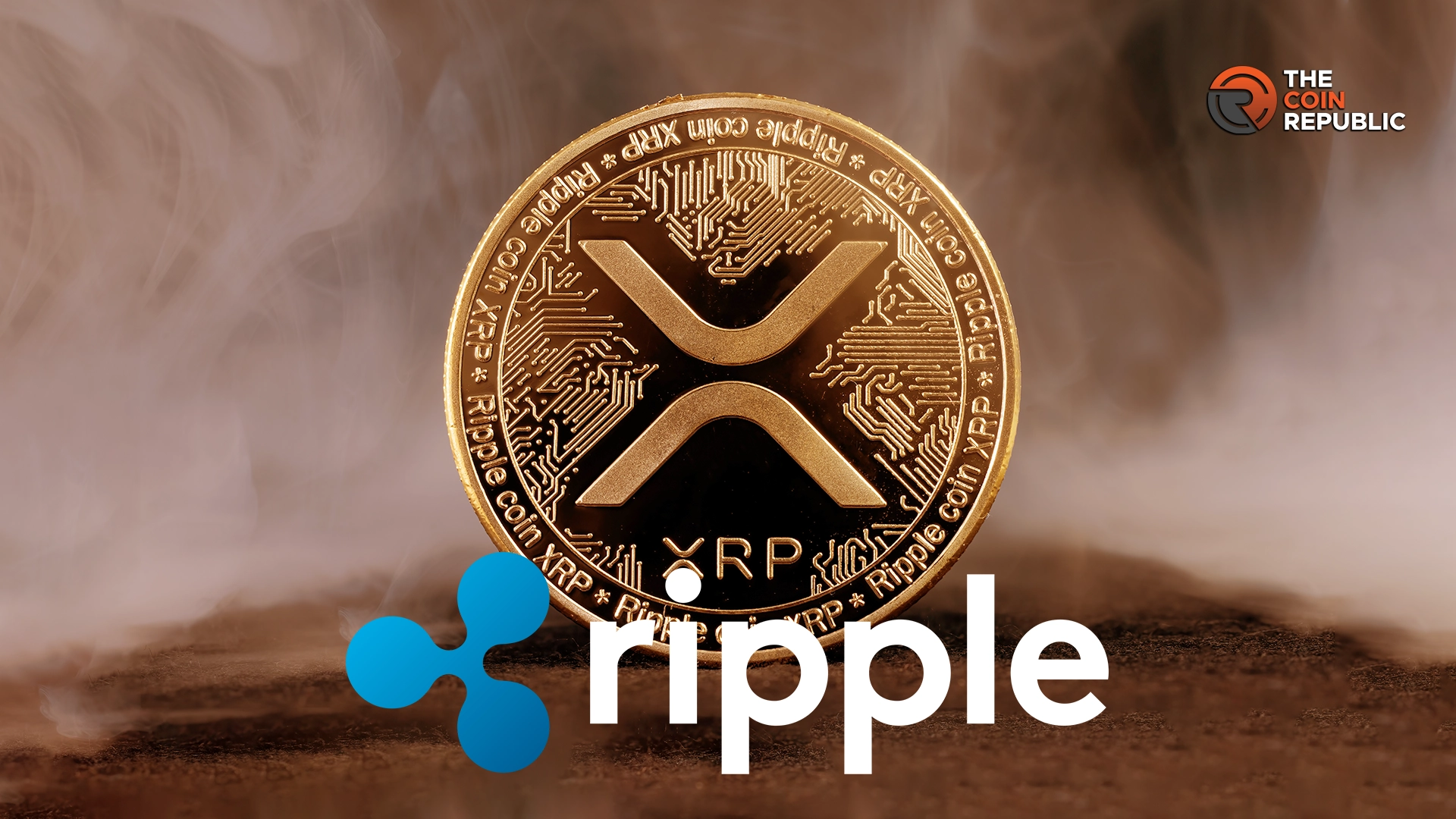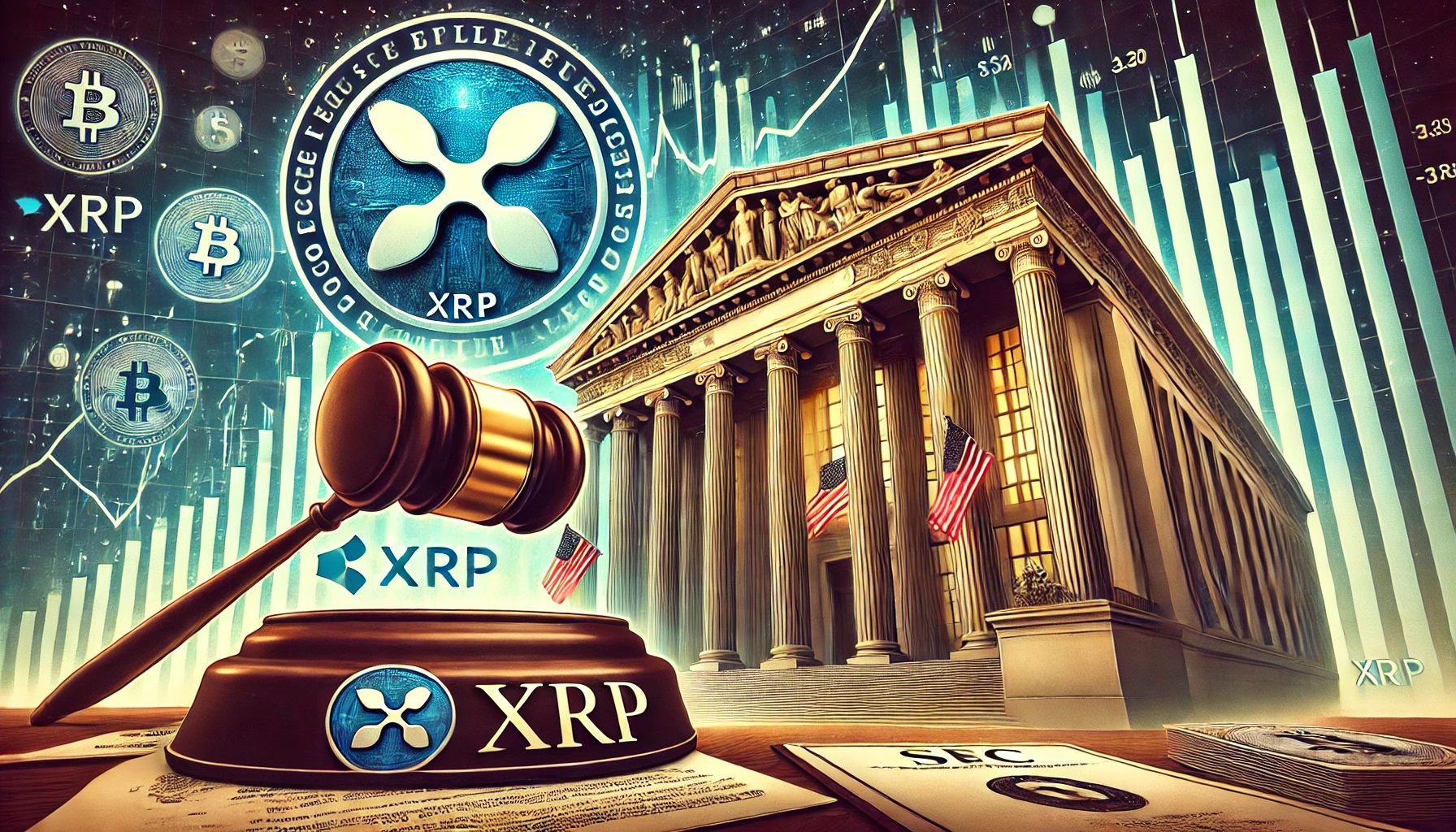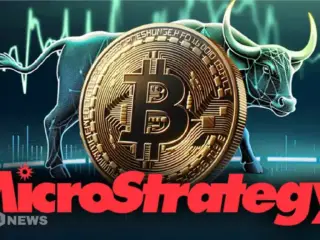
- Ripple wants the license to expand his offer-and probably also to increase the opportunities as a Swift partner.
- The XRP course models are becoming more optimistic, because the RLUSD tablecoin would also be even better with the issuer’s bank license.
Ripple Labs has applied for a national banking license in the United States. In addition to the tangible opportunities as crypto companies in the banking industry, the company also strives to reputation a reliable regulation.
The plans of Ripple include applying for a main account at the Federal Reserve via the subsidiary Standard Custody.
Ripple would have Fed access
Ripple CEO Garlinghouse confirmed the company’s application for a national bank license on July 2. In the event of approval, Ripple would also be regulated by OCC and the New York DFS depending on the type of economic action.
True to our long-standing compliance roots, @Ripple is applying for a national bank charter from the OCC. If approved, we would have both state (via NYDFS) and federal oversight, a new (and unique!) benchmark for trust in the stablecoin market.
Earlier in the week via… https://t.co/IdiR7x3eWZ
— Brad Garlinghouse (@bgarlinghouse) July 2, 2025
Garlinghouse said that a double regulation would set a new standard for stable co-confidence and compliance. The RLUSD is already regulated by the NYDFS.
At the same time, the Ripple daughter Standard Custody & Trust Company applied for a master account for the Federal Reserve. This would enable Ripple to keep RLUSD’s reserves directly at the Fed and to have access outside of bank opening. Jack McDonald, who supervises Ripple’s StableCoin program, said that access to the Fed would improve security and transparency for institutional customers.
The OCC confirmed Ripple’s application. The FED did not comment on the request of Standard Custody on a regular account. RLUSD was introduced in October 2024. According to CoinmarketCap, it has a market capitalization of around $ 470 million. This is less than the Circle 62 billion, but Rlusd has gained traction with its compliance first approach.
Other crypto companies are also striving for banking licenses
Ripple is not the only company that strives for a national banking license. The others include Circle, Coinbase, Bitgo and Paxos. Under the bid administration, Anchorage is digitally the only crypto company that has a state bank license that received it in 2021. Circle, which recently went to the stock exchange, requested that a national trust bank be founded in June.
Garlinghouse said that the “camp -tested” infrastructure and the regulatory attitude of Ripple are decisive advantages. He said RLUSD was developed for institutions and fulfilled the increasing expectations of compliance.
Since Donald Trump returned to the White House, the political climate has changed. At the crypto summit on June 12, Trump said: “Operation Choke Point 2.0 is over”, so that digital assets are in a better position.
Legislators are also working on stablecoin legislation. The genius law, which was adopted by the US Senate, would request a banking license from StableCoin emitters. The Grayscale research team found that the law could promote wider acceptance of stablecoin and at the same time maintain financial stability.
Ripple’s application comes at a time when the legal dispute with the US stock exchange supervision SEC is about to finish. Ripple has just withdrawn his counterclaim, and sources assume that the SEC will follow. Ripple strengthens his regulatory commitment to prepare for the new legal framework.
XRP price models show institutional and on-chain benefit
Market analysts and personalities from the community have examined the effects on the XRP price due to the efforts of Ripple in banking. An account called “XRP Investing” saidthat the Charter of Ripple and the access to the Fed institutions would offer a compliant and stable processing option if it is approved. According to the account, this would accelerate the acceptance of XRP for cross -border transactions.
Several XRP price models underpin this. In an institutional usage model, XRP enables 10 % of the annual Swift volume of $ 150 trillion with a sales rate of 25. In this scenario, the required network climber is $ 600 billion, so that the price would be $ 10.91 per XRP based on a circulating offer of 55 billion token.
A second model looks at the RLUSD adoption. If RLUSD, like USDC, grows to USD 32 billion and XRP bridges 50 % of its transfers – estimated $ 100 billion annually – at a speed of 20, XRP 5 billion USD must provide liquidity. With a 15-fold trust premium due to the state supervision, this model predicts an XRP price of $ 13.65.
A third model for the market share of TOKENization assumes that Ripple processes 3 % of the forecasted market for tokenized assets for $ 16 trillion for 2030. If XRP processes a quarter of it and the compliance adds 10 times a multiplier, XRP could reach $ 21.80.
A Network Value-to-Transaction (NVT) model predicts a daily on-chain volume of $ 30 billion. With an average NVT ratio of 27.5, the implicit network value was $ 900 billion.
If you divide the current offer, XRP is $ 16.36. These models show different growth paths, which are based on acceptance, institutional trust and volume. Ripple has not commented on the XRP price, but they build the infrastructure for it.






No Comments